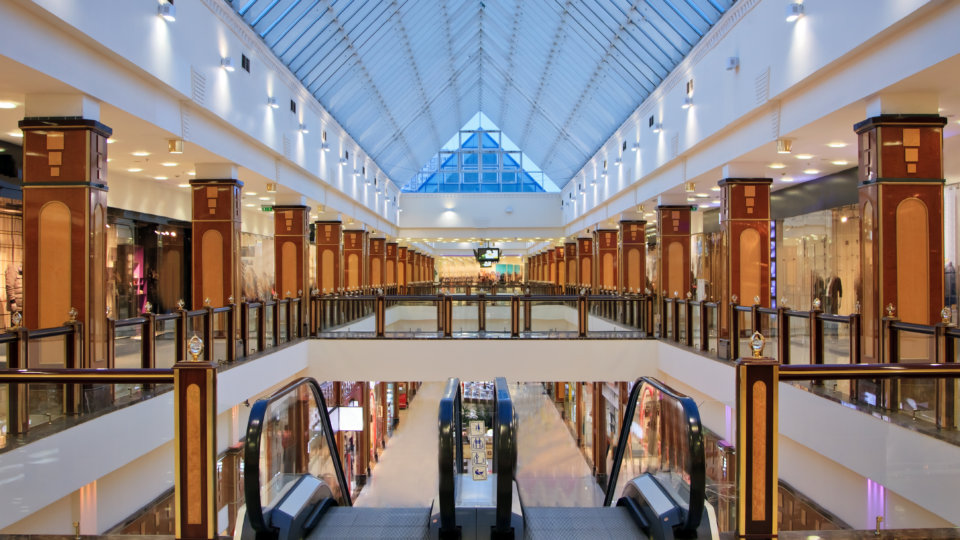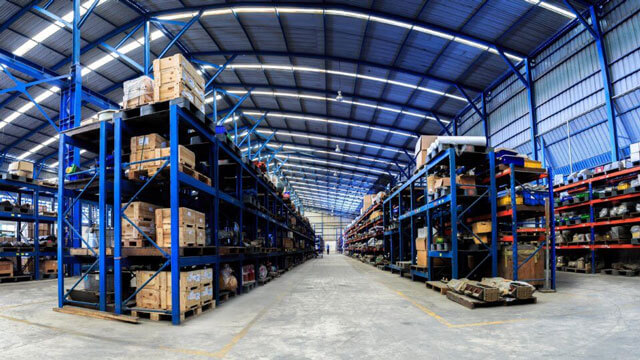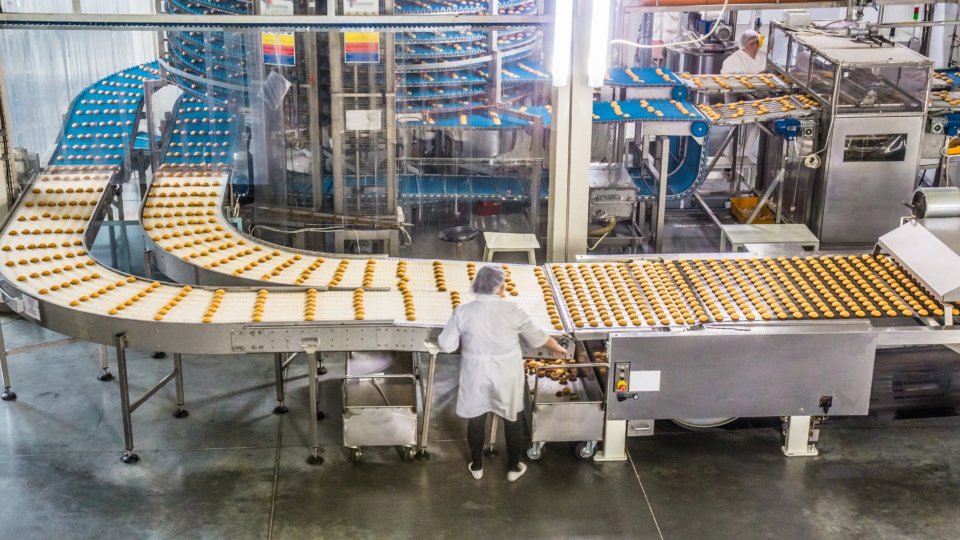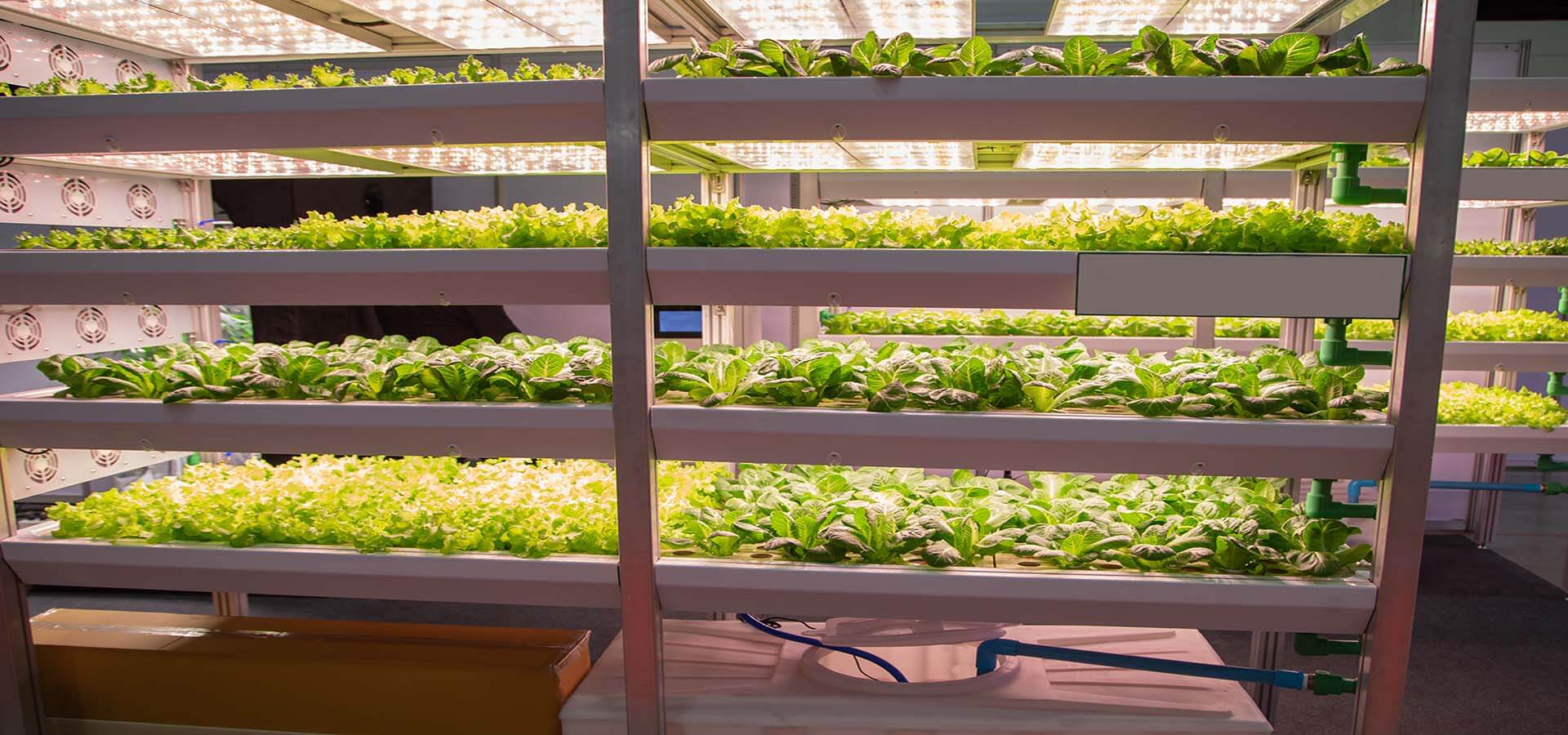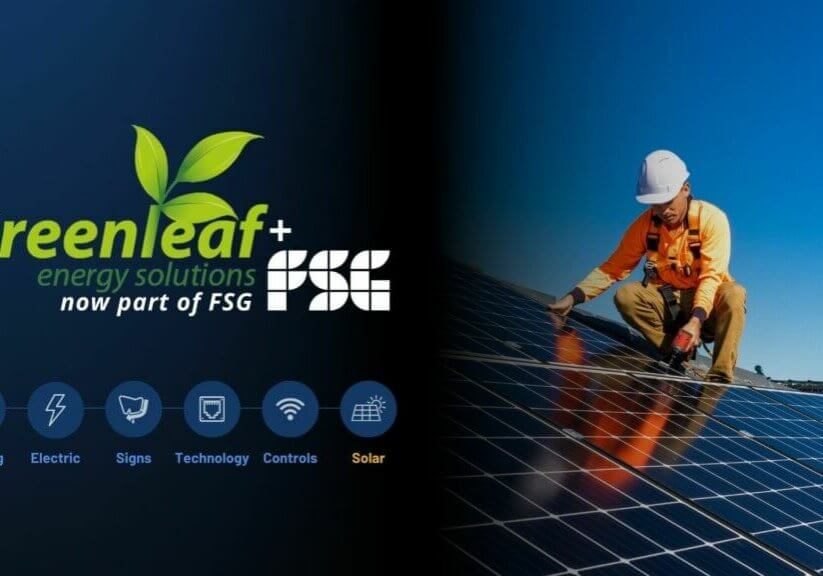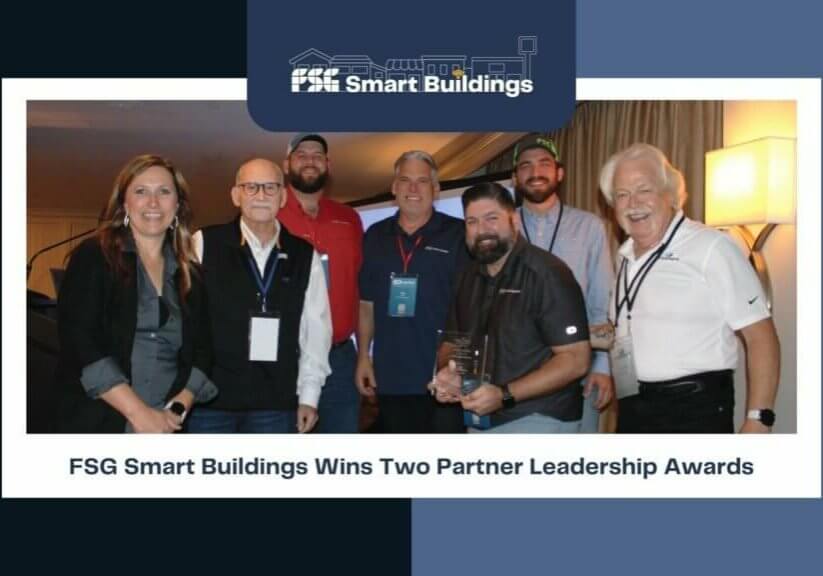Optimizing Your Business (And Your Next Meal) With the Industrial Internet of Things
Share Article

Long Ago in a Previous Century…
It seems strange to think back to a time when the internet was only one thing, one experience. You logged on, you exchanged information, and then you logged out.
Most folks today probably have a clear idea of what it means to log on to the internet. Ask them what that involves, and they will likely tell you it is what happens when they open a web browser on their computer or a social media app on their phone.
This is true in one sense, relating to their active participation with the internet. In another sense, however, they have been connected to the internet all along without fully realizing it.
Our computers and phones are just the beginning. These days, common tools, equipment, appliances, and other devices like watches and payment cards are manufactured with connectivity features that support both active and passive connections to the same internet you use when checking your local weather forecast or reading a restaurant review.

Source: iStock
These items are usually sold as “smart” versions of previous models, and they certainly are clever. Even when you think you are not actively “surfing” or “tweeting” or “streaming”, it is highly likely that some item in your personal inventory of equipment and accessories is doing something very much like that.
For example, it is quite common for modern appliances and thermostats to monitor their environment, collect data, share data, and act on programming designed to optimize performance. For those of us who love living on the cutting edge of new technologies, this functionality was likely a selling point, and these machines are probably connected to other similarly engineered devices so that, together, they can deliver even more convenience.
The internet experience taking place with your devices is just like the one you personally know. However, unlike your intentional experiences with the global information network, this passive, background, 24/7 “engagement environment” is the habitat of connected devices, and it is active all around you all the time. This is what is referred to as the Internet of Things (IoT).
Depending on how much science fiction you have read, you might have a strong reaction to the idea of the IoT. But even if you have doubts about a concurrently-running, full-time conversation between the machines and toys we use every day, there are some things we can say for sure.
Is the IoT creepy? Perhaps. Is it convenient? Yes. But most importantly to our conversation here, is the IoT good for your business? Without a doubt.
Smart Homes
All this connectivity goes a long way toward making things pleasant, and admit it, even a little bit exciting around the house. After all, who doesn’t appreciate being able to warm up the hot tub on the drive home from work?
With the IoT increasingly integrated into the activities of our everyday life, it is hard to be nostalgic for simpler times. Sure, there is a certain thrill to answering the front door completely unaware of whoever is on the other side. But, honestly, why would you do that today when you have a picture of the person on your porch in your hand? (You might not need that robe after all!)
So the IoT makes home life more convenient, and even a little fun. Each of us – with a high-speed internet connection and the right devices – can feel for a moment like we are the Jetsons.

Source: iStock
Brilliant Businesses
When the IoT conversation shifts to a business environment, however, that is when convenience gives way to bottom-line OPEX savings and positive results with productivity, safety, and employee satisfaction.
On an industrial scale, the IoT becomes the Industrial Internet of Things (IIOT). This network of interconnected machines and systems works alongside an industry’s communication technology to provide greater efficiency and optimized processes.
Everything from lighting to HVAC, to assemblage equipment, is properly analyzed and controlled by smart technologies operating within the IIoT. This level of connectivity promotes a more coherent and efficient work environment for everybody involved.
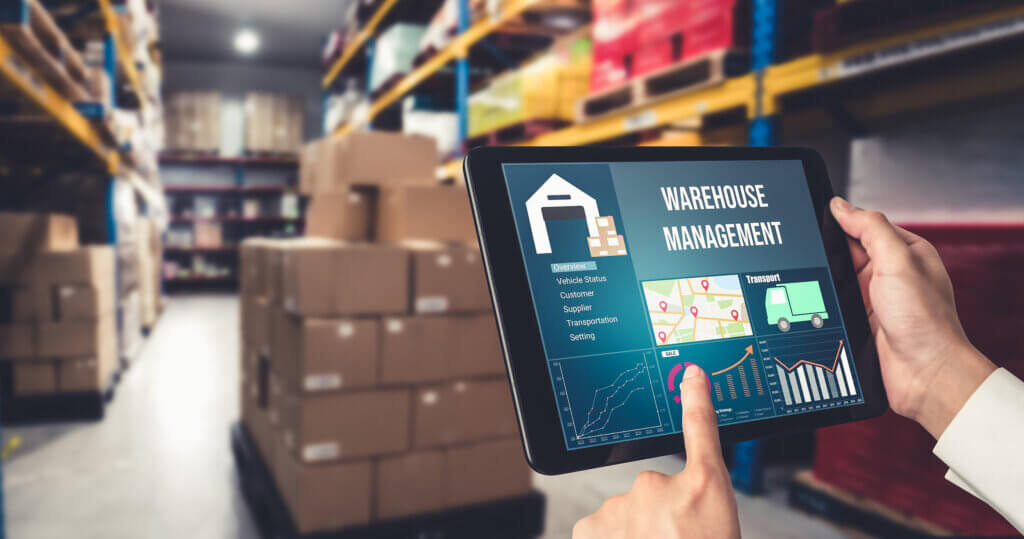
Source: iStock
The IoT and The IIoT Are Not the Same
The IoT is made up of every single device that is connected to the internet. These devices could be computers, laptops, cars, cellphones, tablets, or video game consoles. While that list continues to grow, the IIoT, on the other hand, can be thought of as a little more finite, and a lot more specific.
The IIoT exists to improve an individual industry. Therefore, the IIoT is comprised of just those specific industrial devices that are connected to the internet. Those industrial devices are then connected to a central server that collects and presents data that can be read and interpreted by people.
It is a matter of scope. At home and all around us – especially in urban areas – the IoT is almost ubiquitous. The IIoT, however, is more intentional and focused to serve a particular industrial purpose.
IIoT Examples
The evolution of the IIoT has disrupted the manufacturing industry as we once knew it, resulting in more connected and optimized work environments. Here are a few examples of what the IIoT has done for commercial operations.
- Smart Buildings
You’ve heard the term “Smart Buildings”, but what does that mean? By utilizing automated processes, smart buildings control the entirety of a building’s applications.
This includes, but is not limited to, lighting, heating, air conditioning, and security. For instance, a manufacturing facility may have equipment that is sensitive to moisture. Smart building technology could detect an increase in humidity and issue an automated response to cool down the building. Visit our website to learn about FSG’s Smart Building Solutions.
- Predictive Maintenance
Imagine if you could know a device was going to break ahead of time. No unplanned downtime, no safety hazards, and no unnecessary stock of replacement parts. Predictive maintenance technology provides a plethora of industrial advantages in this way.
Not only can the technology communicate when a machine will break down, but it can also communicate how. By monitoring the wear and tear of every individual machine and tool used in the industrial process, maintenance crews can replace parts and fix problems before they arise.
This means little to no downtime, smooth and consistent production, and no hit to a company’s bottom line.
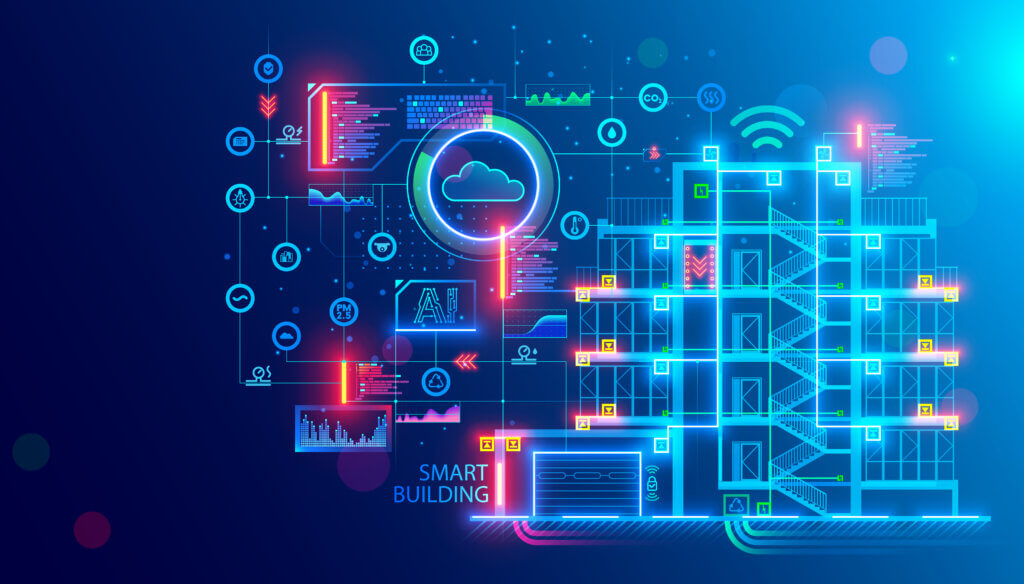
Source: iStock
- Remote Asset Control
In massive industries like oil and gas, operations never take place in a single location. Assets more often than not are spread across a vast geographical location, including off-shore platforms. The centralized nature of IIoT technologies allows for operators to have a real-time overview of all of the industry’s assets, despite their varying and sometimes remote locations.
- Machine Learning
While the IIoT can collect data for analysis, the amount of information compiled is oftentimes vast, and impossible for a human to sort through alone.
Machine learning, on the other hand, can process this data quickly, singling out anomalies or dips in efficiency that a human eye could never catch. Upon reviewing this data, processes can be tweaked to optimize a facility’s energy efficiency or resource consumption, just to provide two examples.
- Automation and Digital Transformation
Revamping business models is necessary for industries to keep up in this technological era. Automation is just about the best way to revamp any business. By investing in automation, industries become more efficient and more capable of meeting today’s demands.
With improved worker safety and lower operating costs, manufacturers have gained the ability to more successfully compete in the market.

Source: iStock
New Frontiers for the IIoT
As you would expect, we live in a technological age, and new and exciting developments are coming on line all the time. This is no different for the IIoT.
One of the most exciting and important developments within the world of IIoT relates to how we produce our food supply. With traditional agricultural practices facing a wide range of both predictable and unpredictable challenges, critical food shortages at home and around the world demand more forward-thinking practices.
After all, while good people can disagree on a whole host of important issues, one thing they can all agree on is food. Everyone needs to eat every day.
Automated Controlled Environment Agriculture (CEA)
Perhaps nowhere else is the evolution of the IIoT more impactful than in the world of CEA. Large-scale horticulture operations now have the ability to manage, operate, and automate smart sensors and utilities from a single handheld screen.
FSG is proud to partner with Pangea Global Technologies in making this technology available to horticulture operations across the country. Pangea’s wireless cultivation software monitors and controls each fixture at one, or multiple, growing facilities to maximize energy savings for the business.
Pangea’s RapidGrow LED division supports every system deployment, and the Pangea platform is backed by a privatized wifi network with military-grade AES 256-bit encryption that delivers peace of mind for CEA facility owners and managers.
Pangea’s system connects lighting controls, sensors, and gateways through proprietary cloud software, and can be managed by PangeaLink’s centralized dashboard. The base station features SMS connectivity, easy data transfers, and can connect up to 2,500 individual sensors.
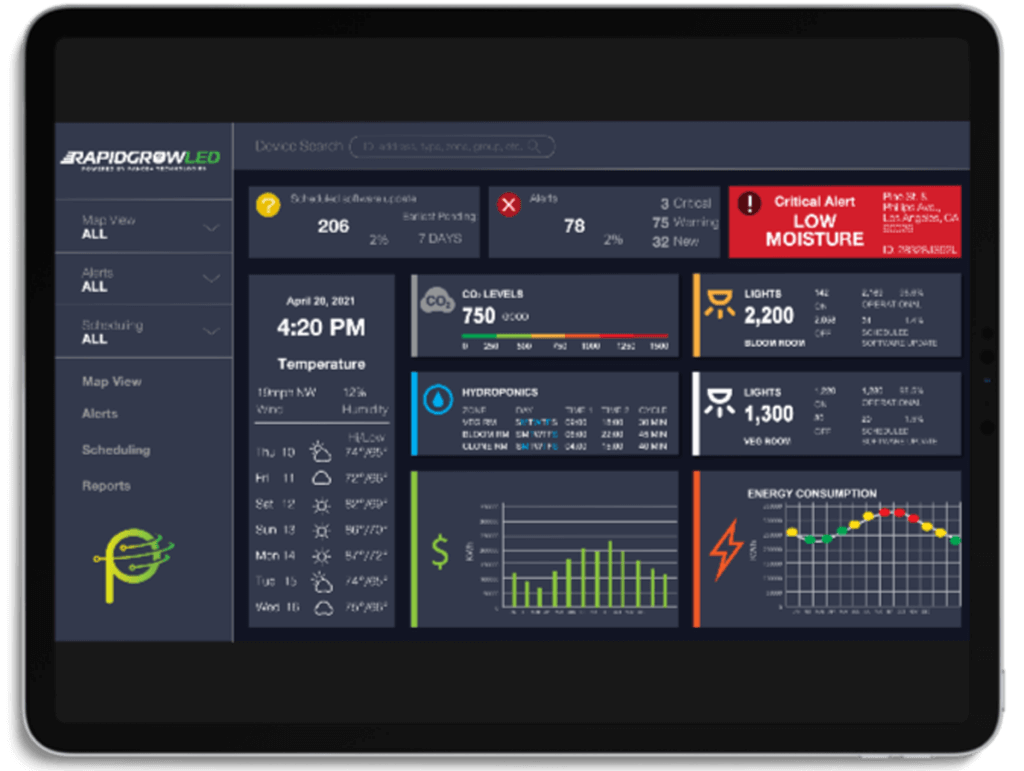
Source: PANGEA Global Technologies
The ability to integrate various sensors (temperature, humidity, CO2, soil) with Pangea’s Open Architecture IoT platform means growers can track every aspect of their operation from one dashboard, anywhere on earth.
All this integration and advanced functionality eventually lead to an impressive bottom line for CEA customers. Pangea’s integrated par sensors dim lights automatically when sunlight is available, providing energy savings from 20% to 60% for some operations.
Scheduling functionality provides pre-programmed changes in light levels based on the time of day, which delivers an additional 10%-20% energy savings. Another 10%-30% energy savings results from allowing Pangea to set maximum light levels based on customer requirements in each space.
Perhaps no other benefit means more to CEA customers than Pangea’s ability to provide preventative maintenance monitoring. Growers will be notified when any preset environmental parameters are impacted, saving time and most importantly, money.
FSG Delivers IIoT Solutions for Businesses
Across the country, FSG has delivered success for facility owners looking to take advantage of the dramatic OPEX savings delivered through the IIoT.
Modern lighting and environmental controls and sensors are now considered mission-critical systems when the goal is improved productivity, customer safety, satisfaction, and especially reduced energy expense.
During the COVID-19 global pandemic, many businesses and public facilities reached out to find ways to improve the Indoor Air Quality (IAQ) within the spaces they maintain. FSG provided solutions for facilities of every kind, including hospitals, schools, commercial buildings, and special event venues.
READ: HARFORD COMMUNITY COLLEGE CASE STUDY
Today, FSG can deliver the equipment and systems that allow industrial facilities and CEA operations to take advantage of the enormous energy savings associated with the IIoT. Best of all, through our partnership with industry leaders like Pangea Global Technologies, CEA, commercial, and industrial customers can reap the highest tier of utility rebates available because the systems we provide exceed all current quality standards.
Many customers learn that these utility rebates and incentives give their businesses the ability to thrive in a competitive marketplace. Call FSG today at (877) 293-6689 or visit our website to learn about the rebates and incentives that are available in your area, and to find out how FSG can help your business take full advantage of technology that boosts your bottom line.



